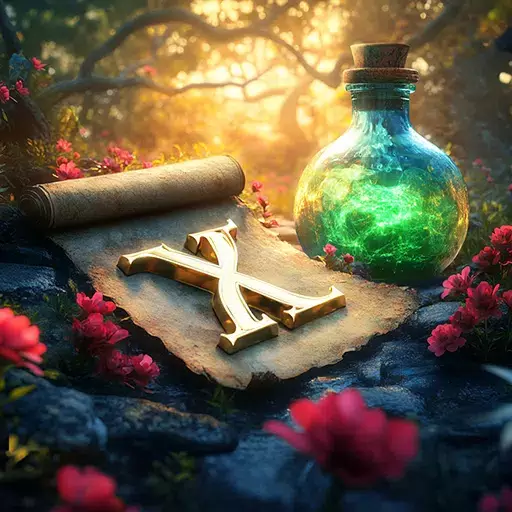With Monster Hunter Wilds breaking Steam records and the Resident Evil series more popular than ever thanks to Village and a series of stellar remakes, it seems Capcom is on a winning streak. Yet, this wasn't always the case. Just under a decade ago, after a series of critical and commercial failures, Capcom found itself struggling. The company had lost its direction and its audience.
Capcom was grappling with an identity crisis. Resident Evil, the pioneer of the survival horror genre, had drifted from its roots after Resident Evil 4. Similarly, Street Fighter, another flagship franchise, was faltering after the lukewarm reception to Street Fighter 5. These setbacks threatened to end Capcom's legacy in gaming.
However, amid these challenges, a revival was brewing. A strategic shift in game development, supported by a new, powerful game engine, breathed new life into these beloved series. This transformation ushered in a period of critical acclaim and financial success, propelling Capcom back into the spotlight.
Resident Evil Lost Its Way
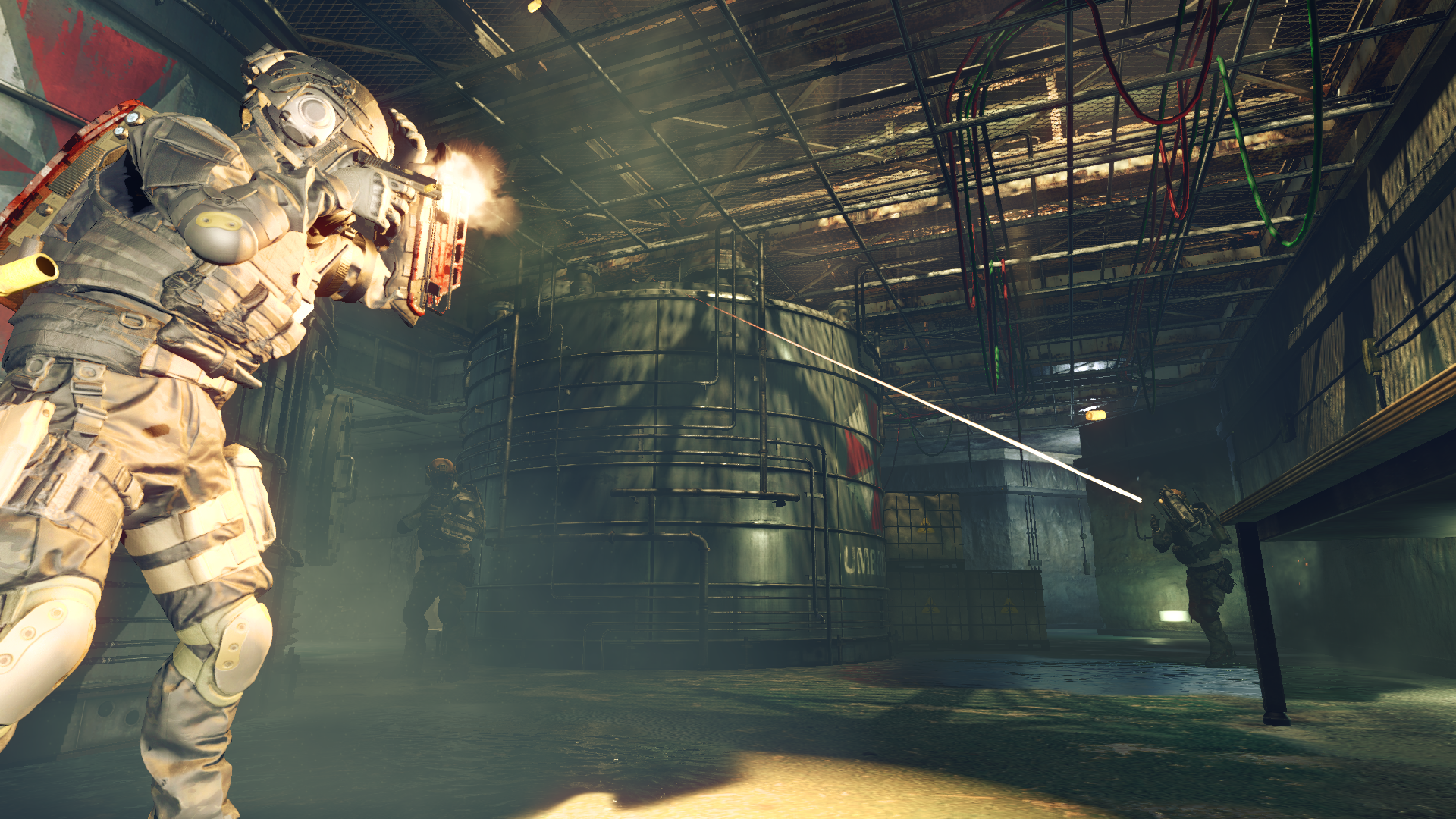
2016 was a challenging year for Capcom. The release of Umbrella Corps, an online co-op shooter, was met with harsh criticism from both reviewers and fans. Similarly, Street Fighter 5 disappointed many with its lackluster features and poor online functionality. Even Dead Rising 4, which marked the return of fan-favorite Frank West, ended up being the final entry in the series.
This period marked a low point for Capcom, which had been struggling since 2010. Despite strong sales, the mainline Resident Evil games faced diminishing critical reception. Street Fighter was struggling, and other key franchises like Devil May Cry were absent. Meanwhile, Monster Hunter, Capcom's most successful franchise at the time, was popular in Japan but had difficulty gaining traction internationally.
"Many of us started feeling that what the fans and players wanted from the series was getting a little bit separate from what we were making," Capcom developers reflected. This disconnect was a far cry from the Capcom we know today. Since 2017, the company has consistently delivered hit games from its iconic franchises, earning both sales and critical acclaim. Titles like Monster Hunter World, Devil May Cry 5, Street Fighter 6, and a series of industry-leading remakes have solidified Capcom's recent success.
This turnaround required more than just learning from past mistakes. Capcom had to rethink its entire approach, from targeting specific player demographics to adopting new technology. To understand this transformation, IGN interviewed four of Capcom's leading creatives, uncovering how the company overcame its challenges and emerged stronger.
Founded in 1979 as a manufacturer of electronic game machines, Capcom rose to prominence during the 80s and 90s with 2D classics like Street Fighter and Mega Man. The company successfully transitioned into 3D gaming, with Resident Evil becoming one of its greatest achievements. However, between 2000 and 2010, Capcom faced the challenge of modernizing its golden-era franchises, a process that birthed Resident Evil 4, widely considered a masterpiece.
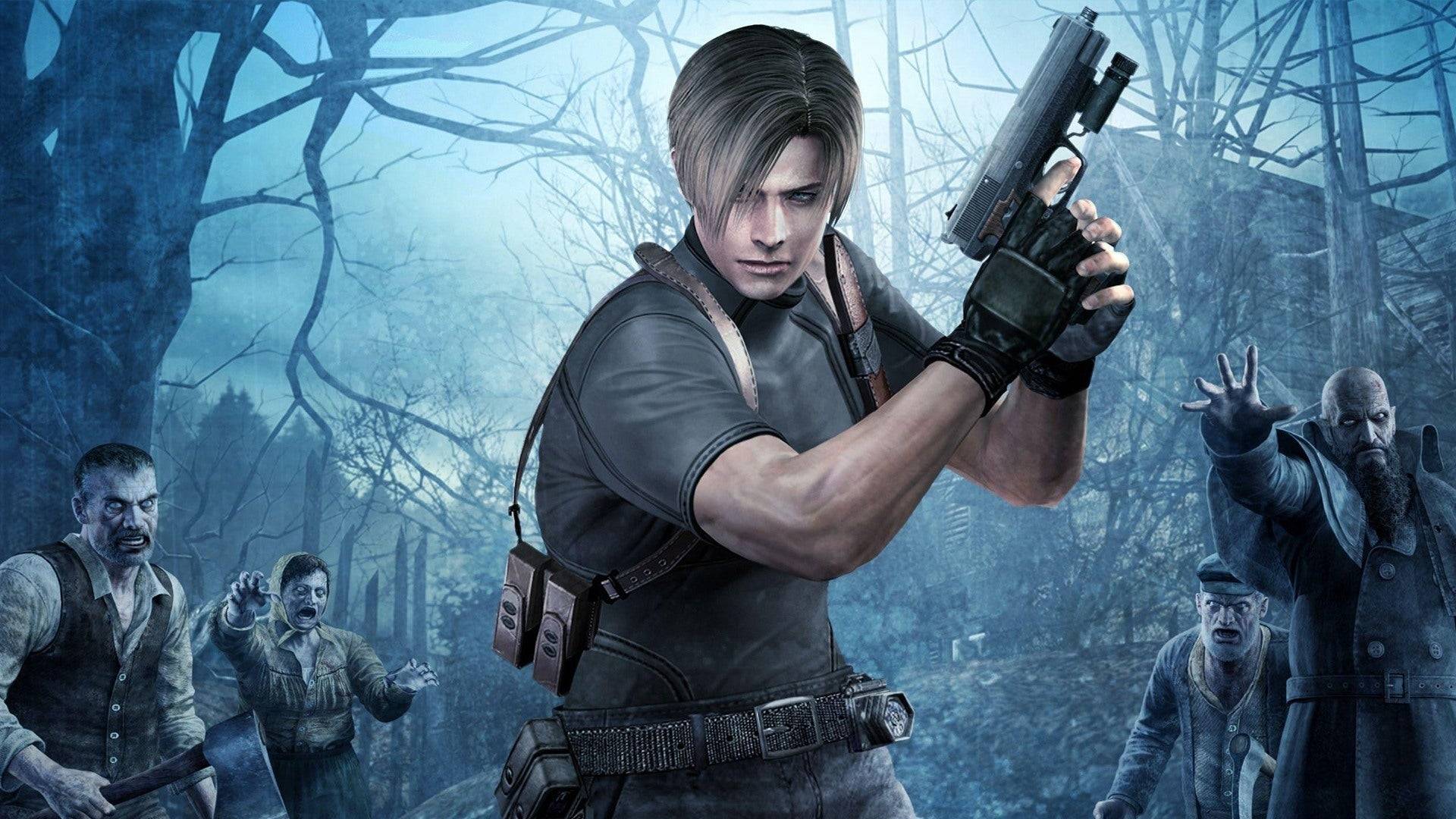
Released in 2005, Resident Evil 4 is celebrated for its innovative blend of horror and action. However, subsequent games struggled to maintain this balance. Resident Evil 5 introduced action-heavy sequences that deviated from the series' horror roots, causing a loss of identity. This trend continued with Resident Evil 6, which attempted to cater to both action and horror fans but ultimately satisfied neither.
Capcom's struggles were not limited to Resident Evil. Street Fighter 4 was a hit, but its sequel, Street Fighter 5, released in 2016, was criticized for its lack of content and poor online performance. Other key franchises like Devil May Cry also faced challenges, with the series being outsourced to Ninja Theory for DmC: Devil May Cry, which received mixed reactions. Capcom's attempts to capture the Western market with titles like Lost Planet and Asura's Wrath also fell short, with the exception of Dragon's Dogma, a new dark fantasy RPG.
Street Fighter 5, The Lost Cause
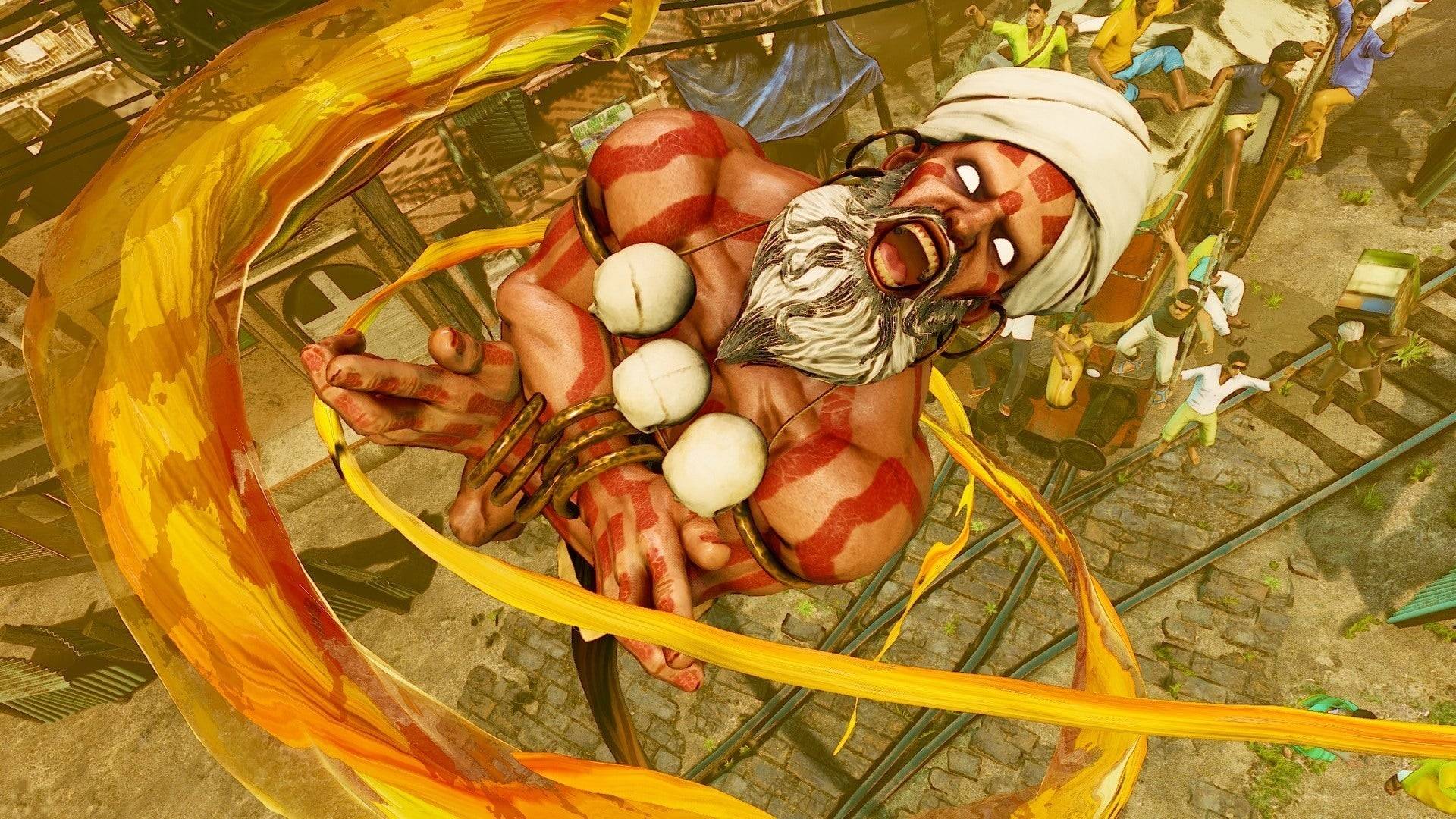
By the mid-2010s, Capcom began implementing strategic changes to reverse its fortunes. The first step was addressing the issues with Street Fighter 5. Director Takayuki Nakayama and producer Shuhei Matsumoto were tasked with stabilizing the game.
"There definitely were some challenges within the production of the game, and that was part of the reason why I was brought into the team," Nakayama explained. Despite limitations, the team focused on fixing critical issues and laying the groundwork for Street Fighter 6.

Nakayama admitted, "We just didn’t really have enough time to address some of the problems and challenges we faced in Street Fighter V. And so, with our hands tied behind our backs, we basically had to wait for those ideas to be brought back for the initial conceptual phases for Street Fighter 6, so we could tackle and do things properly for the next title."
Matsumoto added, "There wasn’t any sort of sense of like, 'Okay let’s just end Street Fighter 5 and focus on Street Fighter 6.' It was more like, while we were working on Street Fighter V, we were trying to figure out what we really wanted to do in Street Fighter 6 content-wise."
The team used Street Fighter 5 as a testing ground, experimenting with new features like V-Triggers and V-Shift, which were later refined for Street Fighter 6. The goal was to rediscover the fun in fighting games, ensuring they were enjoyable for players of all skill levels.
"We both realized that fighting games are fun, and when you get used to them, it becomes more enjoyable and something you can essentially play forever as long as you have an opponent to play against," Matsumoto said. "However, one of the challenges that we faced with Street Fighter V is that we felt that there wasn’t a clear pathway that helped guide players to get to that level where they finally feel like they’re having fun and will want to continue playing."
Street Fighter 6 aimed to be more approachable for new players while retaining the depth that seasoned fans loved. By using Street Fighter 5 as a testing ground, Capcom was able to launch Street Fighter 6 to critical acclaim in 2023.
To prevent similar issues in the future, Capcom made significant behind-the-scenes changes, which were crucial to its revival.
Monster Hunter Took Over The World
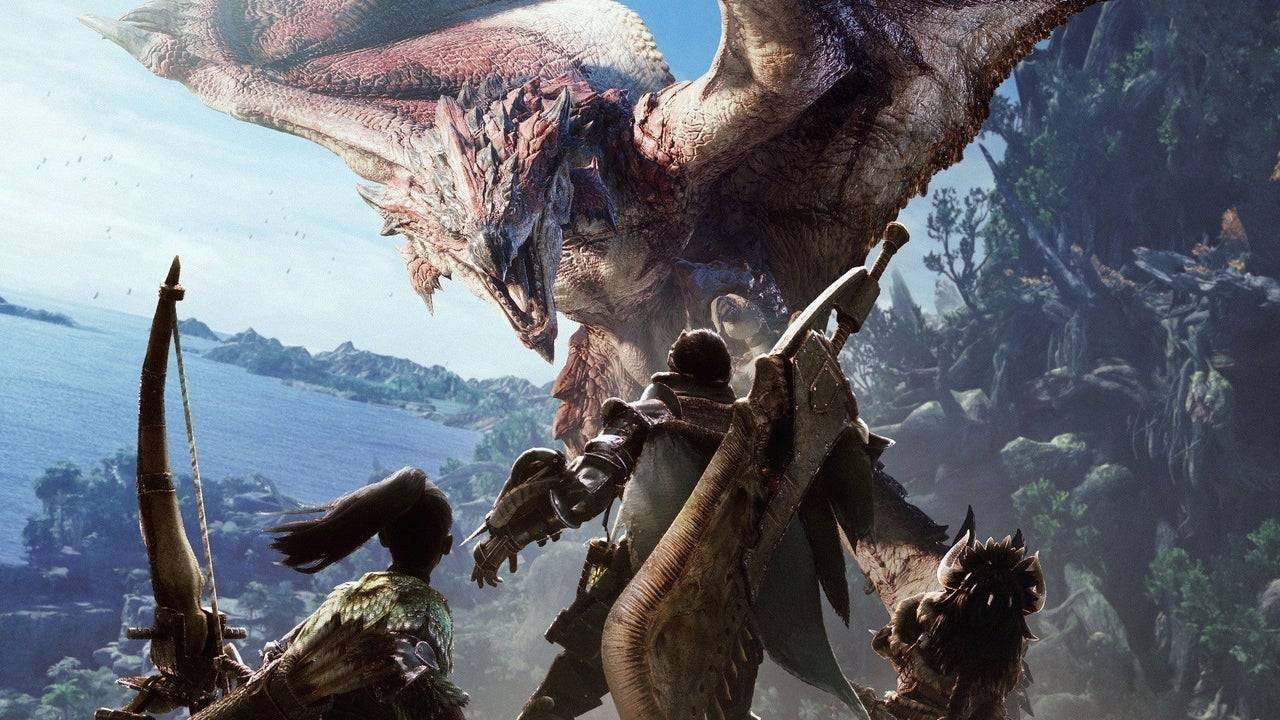
Around the time of Street Fighter 5's launch in 2016, Capcom underwent an internal reorganization to prepare for a new generation of games. These games would be powered by the new RE Engine, which replaced the aging MT Framework. This change was not just about technology but also about reaching a global audience.
"It was a few factors that came together," said Hideaki Itsuno, a former game director at Capcom known for Devil May Cry. "The change of the engine and also all teams were given a very clear goal at that point to make games that reach the global market. [Games] that are fun for everyone."
During the PS3 and Xbox 360 era, Capcom tried to cater to Western gaming trends, but titles like Umbrella Corps and Lost Planet did not resonate with audiences. The company realized it needed to create games that appealed to a broader, global audience.
"I think that we had that clear goal of just focusing and not holding anything back," Itsuno said. "Towards making good games that would reach people from all over the world."
The turning point came in 2017 with the release of Resident Evil 7, which marked the beginning of Capcom's renaissance. No other series epitomized Capcom's global ambitions better than Monster Hunter. While the series had dedicated fans in the West, it was significantly more popular in Japan due to the strength of the handheld gaming market there.
"20 years ago in Japan, having a network connection wasn't as easy, and there weren’t a huge amount of people playing Monster Hunter online. However, handheld consoles made multiplayer gameplay easy without internet access, and I regard it as a great success that we had players experience the game in this way," said Ryozo Tsujimoto, the series' executive producer.
This focus on local multiplayer in Japan inadvertently made Monster Hunter seem like a Japan-only brand. However, as internet infrastructure improved globally, Capcom saw an opportunity to expand the series' reach with Monster Hunter: World.
Released in 2018 on PlayStation 4, Xbox One, and PC, Monster Hunter: World was a groundbreaking entry for the franchise, designed for a global audience. "Our approach to the globalization of the series and Monster Hunter in general really ties into not only the themes that we had going into designing the game, but also in the name of the game," Tsujimoto explained. "The fact that we called it Monster Hunter: World is really kind of a nod to the fact that we wanted to appeal to this worldwide audience."
To ensure global appeal, Monster Hunter: World was released simultaneously worldwide, without region-specific content. "For World, we conducted focus tests across the world, and some of the feedback and opinions that we got during that process really affected how we designed our game systems and impacted how much success we had globally," Tsujimoto said.
One significant change was the inclusion of visible damage numbers, which helped broaden the game's appeal. This, along with other tweaks, led to Monster Hunter: World and its 2022 follow-up, Monster Hunter Rise, achieving sales of over 20 million copies each.
"At its heart, Monster Hunter really is an action game, and that sense of accomplishment you get from really mastering that action is an important aspect of Monster Hunter," Tsujimoto explained. "But for newer players, it's really about getting to that point. The steps involved in getting to that sense of accomplishment is what we're trying to strategize for, in terms of designing for new players."
Resident Evil 7 Began Turning Things Around
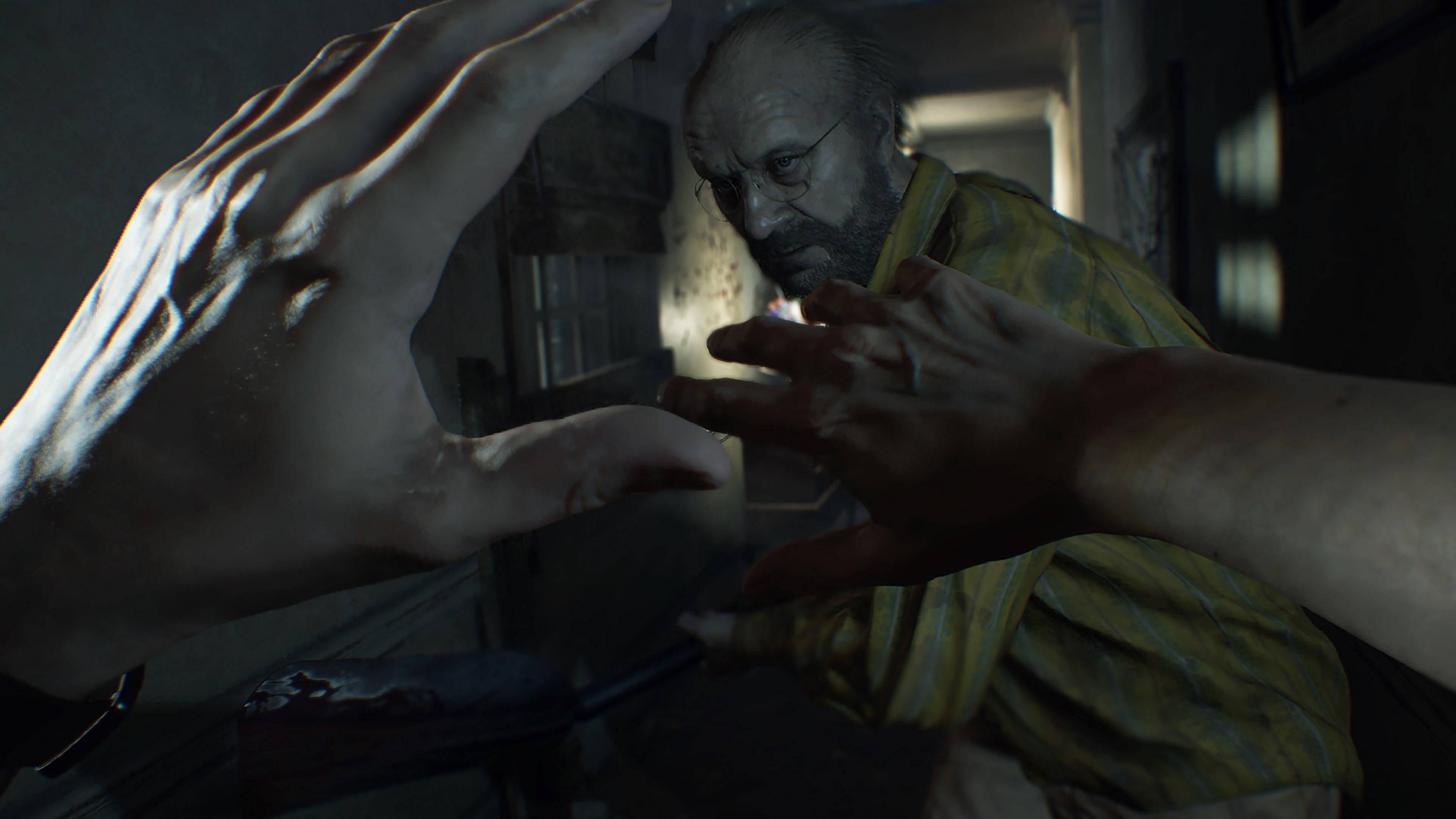
While Monster Hunter had a winning formula, Capcom faced the challenge of convincing global audiences to embrace it. For Resident Evil, the decision was whether to focus on action or return to its survival horror roots. Jun Takeuchi, the executive producer, made the pivotal decision to steer the series back to its origins.
"It was around the time I was working on Resident Evil Revelations 1 and 2. I was trying to test different things, try different approaches," said Yasuhiro Ampo, director of the Resident Evil 2 and 4 remakes. "And around this time is when the R&D teams were divided into R&D division one and two. The executive producer of the Resident Evil series, Jun Takeuchi, took command of R&D division one, and he set the core direction that the Resident Evil series needed to go back to its origins, to its roots."
This decision proved successful with the announcement of Resident Evil 7 at PlayStation's E3 2016 conference, which showcased a first-person perspective and a return to survival horror. "With Resident Evil 7, the executive producer, Jun Takeuchi, made it clear that we cannot underestimate how critical it is for the series for it to be scary and about survival," Ampo said.
Resident Evil 7 was a hit, bringing back the series' horror elements with its unsettling setting. While Capcom retained the third-person perspective for remakes, starting with Resident Evil 2, the mainline games continued in first-person.
"It was like, 'all right people really want this to happen.' So producer [Yoshiaki] Hirabayashi came up with the slogan: 'Well, we’ll do it,'" Ampo revealed. The Resident Evil 2 remake combined horror, action, and puzzles with a new Tyrant system, becoming one of the best-selling games in the franchise.
Despite initial hesitation, Capcom also remade Resident Evil 4, refining its balance of action and horror. "As you mentioned, [Resident Evil 4] was still a title that enjoyed some popularity. So there was a lot of internal discussion on how maybe it’s not a good idea. Maybe we don’t need a remake for Resident Evil 4, especially because Resident Evil 4 is a game that is so beloved. If we get anything wrong with the remake, people might be quite vocal about their discomfort," Ampo admitted.
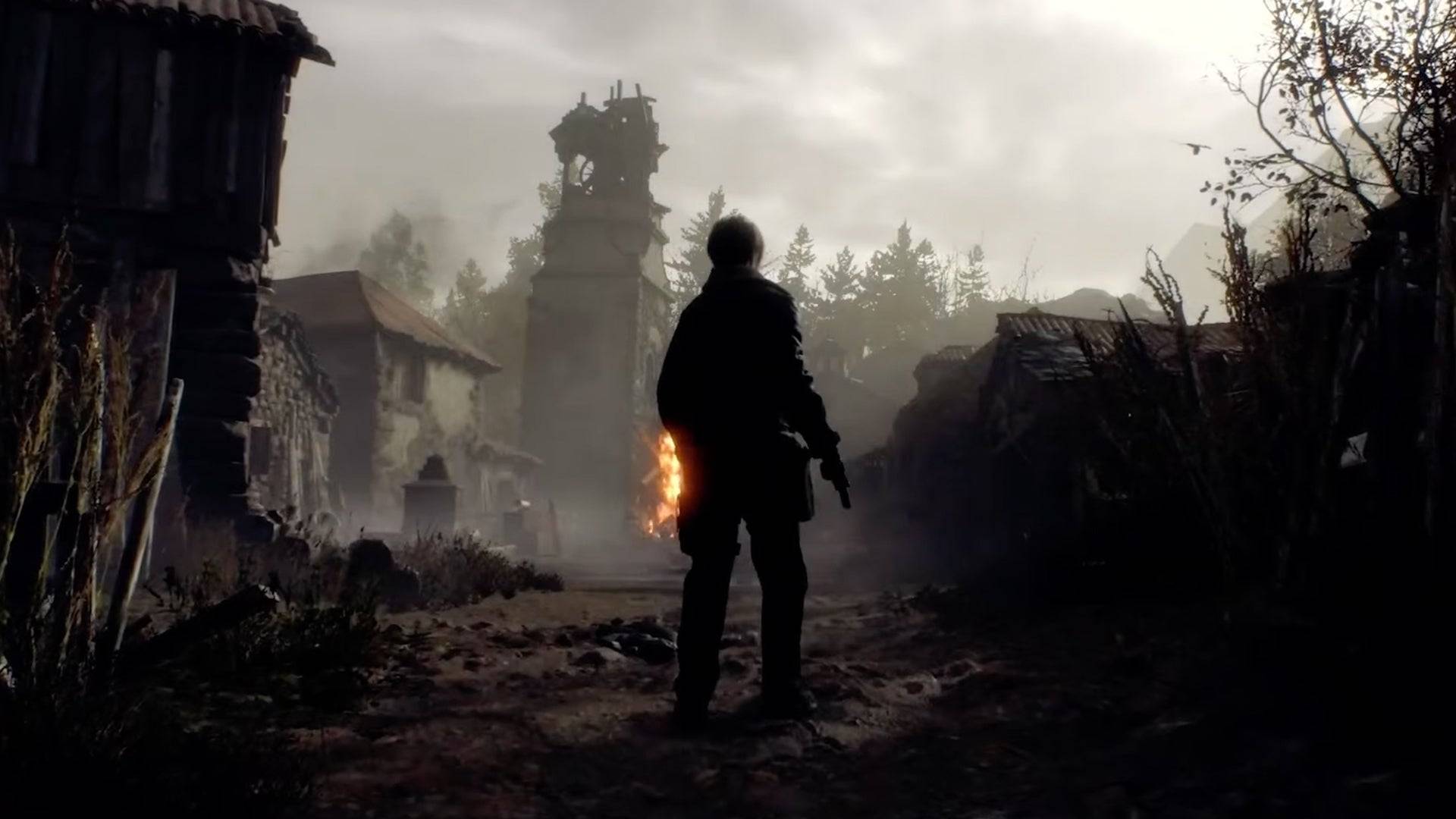
Meanwhile, Devil May Cry director Hideaki Itsuno returned to the series after a decade, aiming to challenge the genre's casualization. "I felt like the main trend with action games was to make action games that were very kind," Itsuno said. "Maybe, for me, a little bit too kind to the players, lending a hand to the player too much to my liking."
The Reason Behind The Change
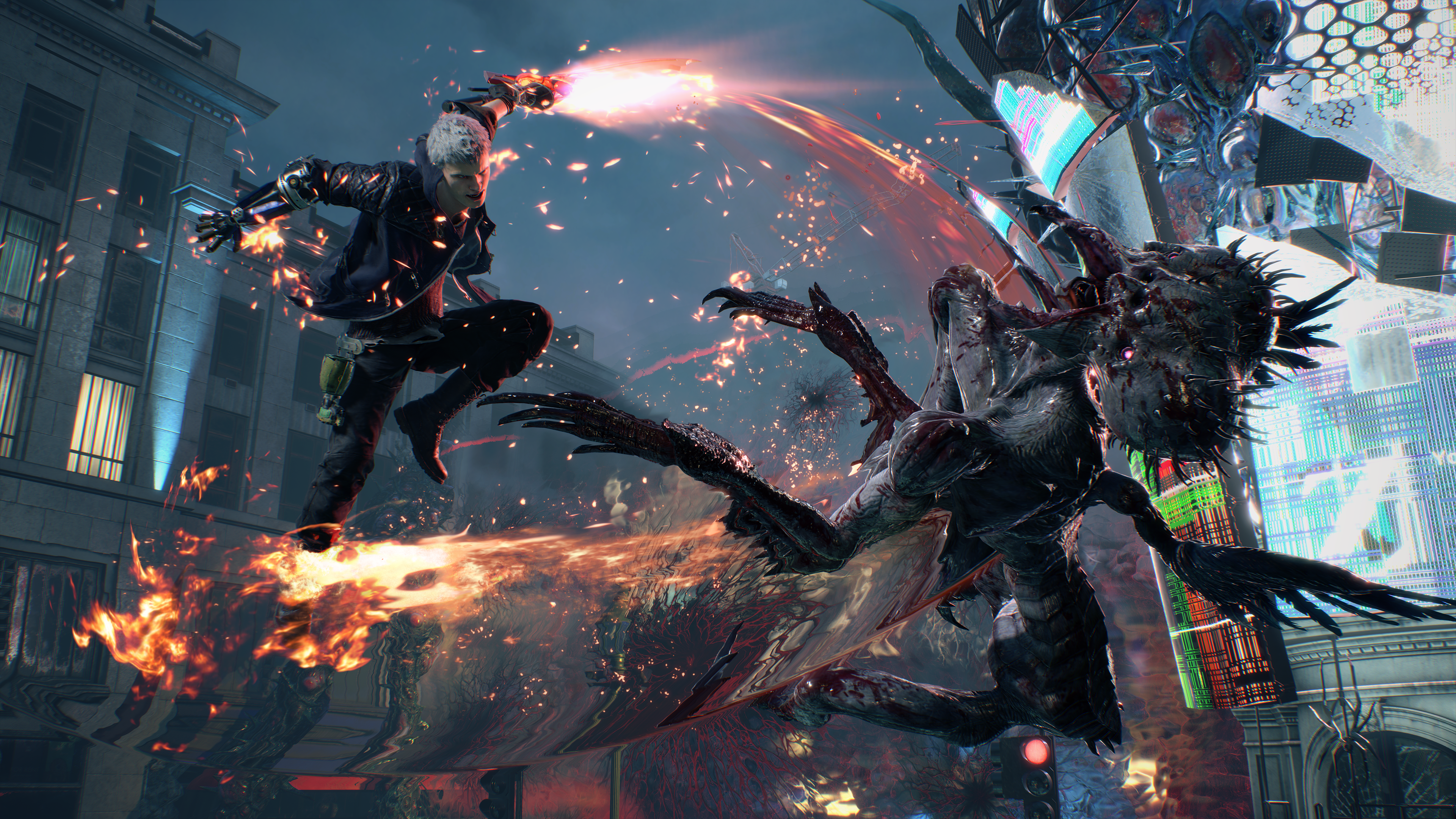
Itsuno's vision for Devil May Cry 5 coincided with the launch of the RE Engine, which allowed for photorealistic visuals and agile development. "Technology-wise, there were not just little improvements that you would have when you work on a series consecutively," Itsuno said. "When there’s a wide timeframe, [the technology] changes significantly."
"So the original concept for the RE Engine was to allow for a development environment that was less stressful and could help us to make things quicker," Ampo explained. "Because it’s an internally developed engine, when we needed any additional tools, well, we could ask for them internally. They could be fixed somewhat quickly, internally, and also iterated on."
This flexibility was crucial for Itsuno, who aimed to create the "coolest" action game possible. "Devil May Cry is a franchise that stands on being cool," Itsuno said. "That’s what the franchise is, it’s about being cool. Ever since I took over the series from Devil May Cry 3, I put everything that I, as a person, I considered throughout my life to be cool. Anything I’ve seen on TV, in movies, and comics I’ve read, any sport experiences I’ve had, I try to distill everything that I think is cool into what the game is."
A New Capcom Golden Age
Since 2017, Capcom has consistently released critically acclaimed games, achieving a level of consistency rare among major studios. This success stems from a focus on creating globally appealing games with the technologically advanced RE Engine, allowing Capcom to excel across various genres.
"Capcom is going through a golden era, and, well, now we have to do everything we can so that this lasts one more year, one more year, and every year, one more year," said Monster Hunter's Tsujimoto. Capcom's mission to make global, mainstream games has not diluted its core franchises but rather expanded their audiences while staying true to their essence.
As many of Capcom's peers struggle to find their footing, Capcom's strategic changes over the past decade have ushered in a new golden age. "It’s a very exciting time to be at Capcom right now. A lot of us are able to get excited about what we’re working on and are able to focus on things that we think are fun. So, yes, I guess a golden age may be one interpretation of that," said Street Fighter's Nakayama.
Capcom may have faced challenges, but it has emerged stronger than ever, continuing to innovate and captivate gamers worldwide.


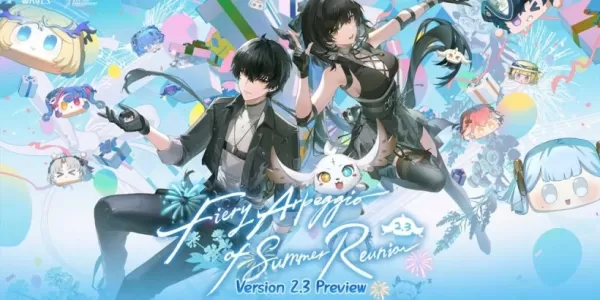
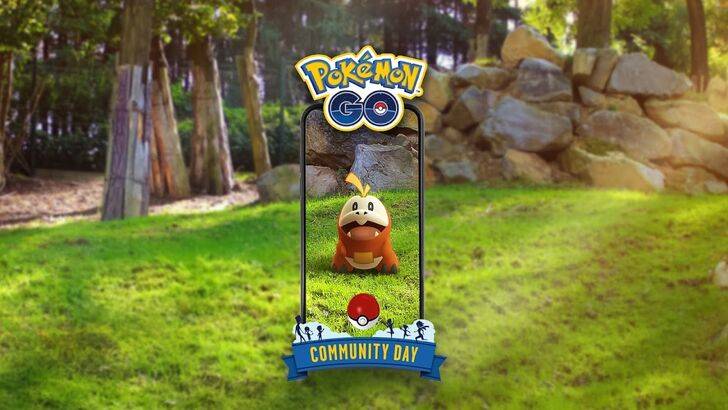
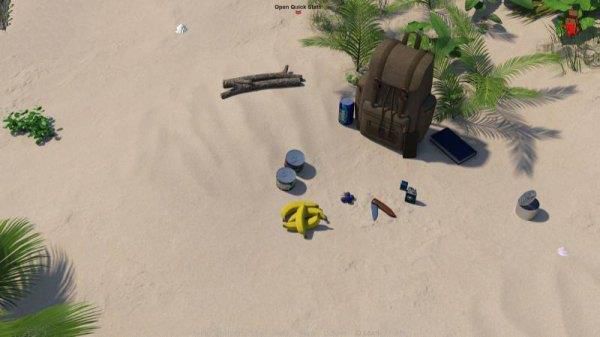


![NULL [Remastered]](https://imgs.39man.com/uploads/71/1719651062667fcaf6c483b.png)

